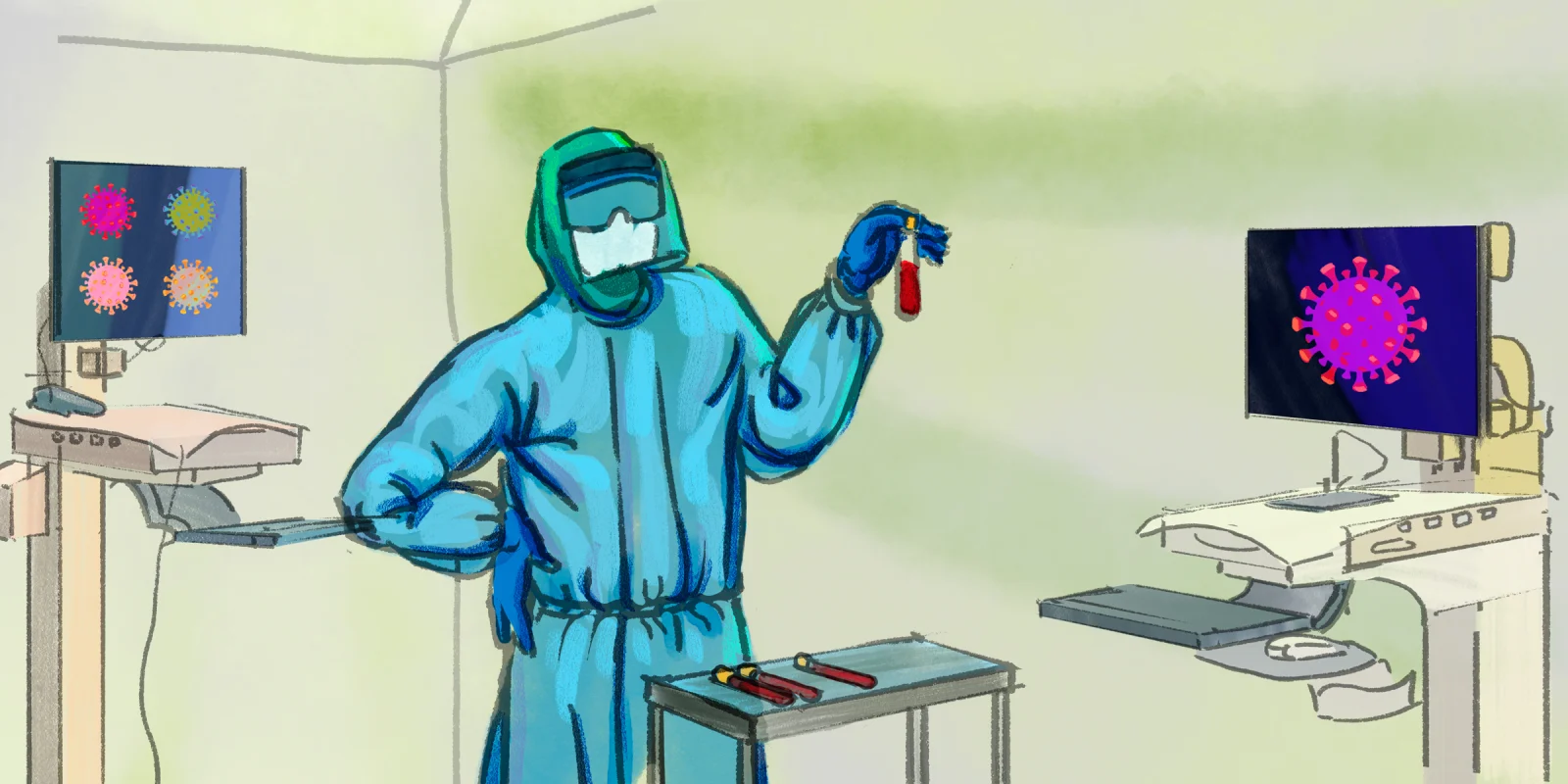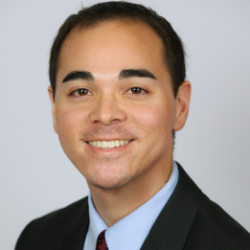Late abstracts, challenges cases, and key notes by “legendary” speakers have always been my favorite attractions at IDWeek. Given the overwhelming number of events going on at any given hour, I was never left with time to wonder about exploring other parts of the conference. This year’s virtual setting has and continues to allow access to most content giving us the opportunity to listen to some lectures that can often be missed.
I was especially drawn to the session that discussed the value of the ID consultant as I have found myself reflecting on all the different roles ID physicians have assumed at their institutions to aid in responding to COVID-19 and how the pandemic has moved our specialty from the background to the front seat leading to increased recognition of the discipline. This symposium, “Value of ID,” was held on Thursday, October 22 from 12:30–1:45 and remains available online on demand. It was moderated by Nilesh Hingarh and the three speakers were Stu Clark “State of Infectious Diseases 2020,” Grace Lee “Value of ID: Academic/Health System Setting,” and Raymond Blum “Value of ID: Clinical Practice Setting.”
ID and Pediatric ID are consistently among the lowest paid specialties in medicine. This has led to a steady decline in the capacity of ID programs around the country to fill their positions, as medical students are overwhelmed by debt at the time they are faced with this decision and the fact that we are among the happiest physicians with the happiest marriages lacks is seldom considered at that young age. Only in 2019, 58 adult ID programs (37.7%) failed to fill all available slots in the match with 30 programs (19.0%) failing to fill any slots. Pediatric ID did not do much better; of the 73 positions offered, only 63% were filled. The vacancy rate of 21% in openings for physician fellowships in ID training positions (annual average compensation: adult $262,000; pediatric $186,000) compared to less than 0.1% for cardiologist positions (annual average compensation: $454,000) and less than 1% for oncology (annual average compensation $383,000) is striking. In addition, immigration policies affect the placement of non-citizen physicians, who represent a third of the ID specialists. This scarcity of ID physicians is further deepened by the skewed geographic distribution around the country reported by Walensky et al., in which 2,499 U.S. counties (79.5%) do not have a single ID physician and 208 million citizens live with no or below-average ID physician coverage. These counties encompass vast and largely rural parts of the country and in the counties with the top quartile of COVID-19 cases today, 80% have below-average ID physician density or no ID physicians at all.
The literature supports our practice in many different ways. We are praised for our clinical abilities; ID physicians are recognized as the ideal consultants because we are always willing to assist; we are known to be thorough, accessible, and helpful in high acuity/complex cases that do not fall under clinical guidelines. Communication skills when engaging with patients and parents or colleagues among the health care system is among the best qualities of ID specialists. At an organizational level, ID physicians play major roles in Infection Control, Antimicrobial and Diagnostic Stewardship programs, education, and support of critical programs such as the ICU, hematology-oncology and transplant. Participation of an ID physician in multidisciplinary rounds in the ICU has shown to significantly decrease days of antibiotic therapy and costs. Patients and hospitals do better when ID specialists are involved. Early ID specialty intervention lowers mortality rates, reduces costs, shortens the length of stay, and decreases the likelihood of rehospitalization among patients younger than 65 years of age.
The specialty has changed significantly over time: we now have chronic diseases such as HIV and hepatitis C that require long term follow-up and there has been a rapid expansion of prosthetic devices that can lead to complex infections. In addition, the threat of multi-drug resistant organisms and the number of difficult to treat infections continues to increase, and there is also an emphasis on cost-effectiveness and with many therapeutical options. ID physicians are uniquely qualified to optimize antimicrobial therapy with this context in mind. Finally, epidemics and pandemics will continue to arise.
While we are valued for our cognitive abilities, communication skills, support to other specialties, and curbside consults, we are paid by number of consults, clinic visits, and our role in Infection Control and Antimicrobial Stewardship. New payment methods are unlikely to solve the problem in the short-term and ID remuneration will unlikely go up soon. Medical students will continue to be overwhelmed by debt and shy away from the lowest paid specialties. COVID-19 has only accelerated a well-known problem and the undervalue of ID physicians has become more noticeable. This has created an opportunity for us to highlight our value and we should seize it. We must start valuing ourselves, enhanced our relations with administration and colleagues, understand that it is OK to talk about money, and above all, position ourselves as leaders.
I often get asked by young physicians and trainees, what is the value of ID physicians and how that can be highlighted? As Dr Blum said it in his final remarks: “We need to stop running in the background and assume leadership.”
Illustration by Jennifer Bogartz







